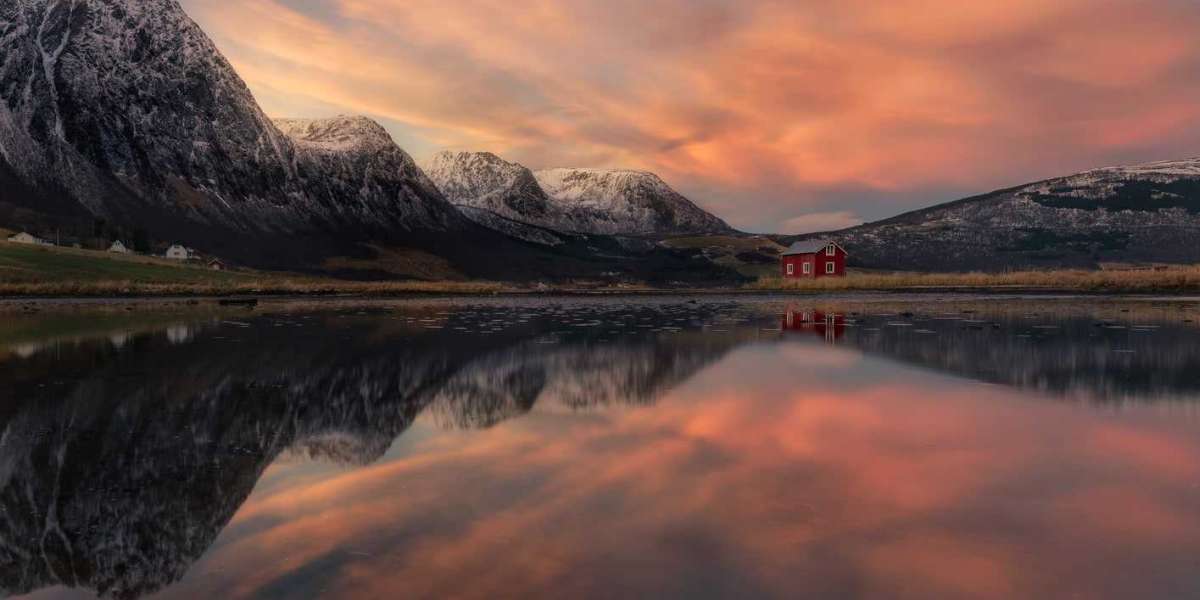Introduction
Photography filters are essential tools that photographers use to enhance their images and achieve specific effects that cannot be replicated in post-processing. Understanding the different types of filters and knowing when to use them can significantly elevate the quality of your photographs. This article explores the various types of photography filters and their practical applications.
Types of Photography Filters
UV Filters
Purpose: UV filters are primarily used to protect the camera lens from dust, scratches, and UV light.
Usage: They are ideal for shooting in outdoor environments where the lens can be exposed to the elements.
Polarizing Filters
Purpose: Polarizing filters reduce reflections, enhance colors, and increase contrast.
Usage: Use polarizing filters when photographing water, glass, or other reflective surfaces. They are also great for landscape photography to make the sky appear more vibrant and to reduce glare from foliage.
Neutral Density (ND) Filters
Purpose: ND filters reduce the amount of light entering the lens without affecting the color of the image.
Usage: They are essential for long exposure photography, allowing you to capture motion blur in waterfalls, rivers, and clouds even in bright daylight. ND filters are also useful for controlling depth of field in bright conditions.
Graduated Neutral Density (GND) Filters
Purpose: GND filters are similar to ND filters but with a gradient, allowing for a gradual transition from dark to clear.
Usage: They are perfect for balancing the exposure in scenes with a high dynamic range, such as landscapes with bright skies and darker foregrounds.
Color Filters
Purpose: Color filters add a specific color cast to an image, enhancing or altering the color balance.
Usage: These filters are often used in black and white photography to increase contrast between different colors that convert to similar shades of gray. For example, a red filter can make a blue sky appear almost black.
VSCO Filters
VSCO filters are pre-configured sets of adjustments that can be applied to photos with a single tap. These adjustments typically include changes to exposure, contrast, saturation, and color balance. The app offers both free and premium filters, with the premium version providing access to an extensive library of presets.
Special Effect Filters
Purpose: These filters create various artistic effects, such as starbursts, soft focus, or multiple images.
Usage: They are used to add a creative touch to your photographs, often in portrait, night, or artistic photography.
When to Use Photography Filters
Enhancing Outdoor Photography
Filters are particularly useful in outdoor photography where natural light can be unpredictable and challenging to manage. For instance, UV and polarizing filters are indispensable tools for landscape photographers.
Controlling Light and Exposure
ND and GND filters are crucial when you need to control light and exposure, especially in scenarios involving long exposures or high-contrast scenes.
Achieving Creative Effects
Special effect filters and color filters are perfect for photographers looking to experiment and add unique elements to their images. These filters allow for in-camera creativity that can be difficult to replicate in post-processing.
Protecting Your Equipment
UV filters are often used purely for the purpose of protecting the lens. They provide a simple and effective way to keep your expensive lens safe from potential damage.
Conclusion
Photography filters are versatile tools that can greatly enhance the quality and creativity of your images. By understanding the different types of filters and their specific uses, you can make more informed decisions about when and how to incorporate them into your photography. Whether you're looking to reduce glare, balance exposure, or add artistic effects, there's a filter that can help you achieve your vision.








